Conventional methods of generating chlorine dioxide have in the past limited the use of chlorine dioxide. These limitations included the cost of the equipment, the complexity and hazards of generating and handling chlorine dioxide safely and the accompanying by-products including chlorine, chlorites and chlorates.
The presence of chlorine in chlorine dioxide generated by classical methods was responsible for the perception that chlorine dioxide is a corrosive substance. Chlorine dioxide generated by acidifying sodium chlorite solutions (sometimes called stabilised chlorine dioxide) can also be highly corrosive due to the presence of excess acid.
Pure Chlorine Dioxide is non-corrosive
Pure chlorine dioxide whether present as a gas or as a solution in water is not corrosive. Chlorine dioxide does not hydrolyse in water to form acidic compounds – it remains in solution as chlorine dioxide.
Natural Water Solutions has developed an innovative and highly effcient method of generating a chlorine dioxide solution of very high purity without the need for any complex or costly equipment and without any hazardous or corrosive by-products. We call this solution CleanOxide Liquid 75.
When freshly made, CleanOxide 75 is a 0.75% (7,500 mg/L) solution of pure chlorine dioxide in water. When used at the recommended dose rates, CleanOxide Liquid 75 is not corrosive.
Chlorine Dioxide Corrosion Data
Note that a corrosion rate <1.0mpy is considered non-corrosive.
304 and 316 Stainless Steel
Test Solution |
Result after 10 days soak test at 40°C |
Vapour Corrosion |
| 4ppm ClO2 initially; 20ppm ClO2 after 12 hours (produced by acidifying 500ppm sodium chlorite solution to pH 2.7) | Corrosion of both 304 and 316 stainless steel | No Corrosion of either 304 or 316 stainless steel |
| 100ppm pure ClO2 (pH 7.2) | 2.5L | No Corrosion of either 304 or 316 stainless steel |
Reference: Bohner, H.F., Bradley, R.L. Corrosivity of chlorine dioxide used as sanitizer in ultrafitration systems, J. Dairy Science, 1991, 74, 3348
304 Stainless Steel
Test |
Corrosion Rate (mpy) |
| 25ppm ClO2 (pH 4) for 4 weeks (see note 1) | 0.010 |
| 5ppm ClO2 (pH 4) for 4 weeks (see note 2) | 0.010 |
| 5ppm ClO2 (pH 6) for 4 weeks (see note 2) | 0.000 |
Notes:
- 25ppm pure chlorine dioxide solution buffered at pH4 with phosphate buffer. Solution changed every other day.
- 5ppm pure chlorine dioxide solution buffered at pH4 and pH6 with phosphate buffer. Solution changed every other day.
Other Data
- Freymark, S.G. and Raub, J.S. Selective oxidation of industrial Wastewater contaminants by chlorine dioxide, Proceedings Mid Atlantic Industrial Waste Conference, University of Delaware, Newark, Delaware, June 19 – 20, 1978This review article describes the use of chlorine dioxide in a number of applications. In one plant cooling water application, replacement of chlorine with chlorine dioxide resulted in a significant reduction in corrosivity towards carbon steel and admiralty steel.
- Costilow, R.N., Uebersax, M.A. and Ward, P.J. Use of chlorine dioxide for controlling microorganisms during the handling and storage of fresh cucumbers. J. Food Science 1984, 49, 396The authors reported that the corrosion of equipment by low levels of chlorine dioxide at near neutral pH is much less than when chlorine is used.
- Pacheco, A.M., Durham, H.E., Dhilon, R. and Edward, C. The use of chlorine to control microbial growth in an ethylene glycol contaminated cooling tower – a case history, CTI Annual Meeting, 1989, TP89-14In this cooling system, process leaks and the high levels of chlorine required to achieve microbiological control resulted in admiralty corrosion rates of 3mpy and carbon steel corrosion rates of up to 24mpy. Corrosion rates of both admiralty and carbon steel improved using chlorine dioxide. Admiralty rates after chlorine dioxide use were not stated but carbon steel rates were reduced to <2mpy.
Please Note: The information contained in this document is based on Natural Water Solutions CleanOxide 75 pure chlorine dioxide and is not applicable to other sources of chlorine dioxide.
